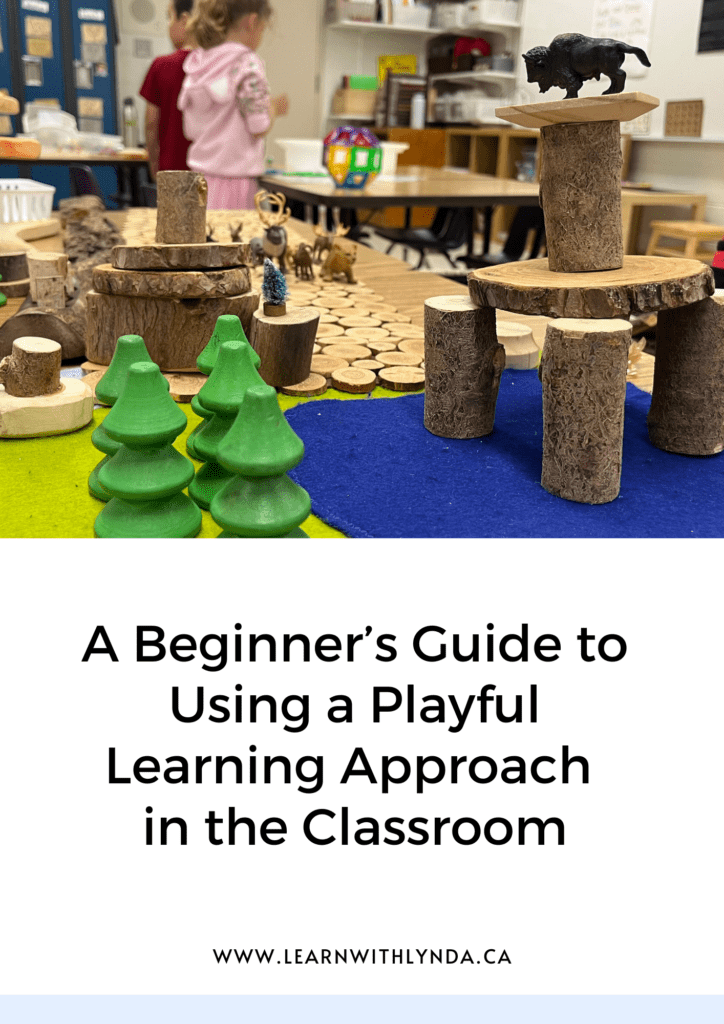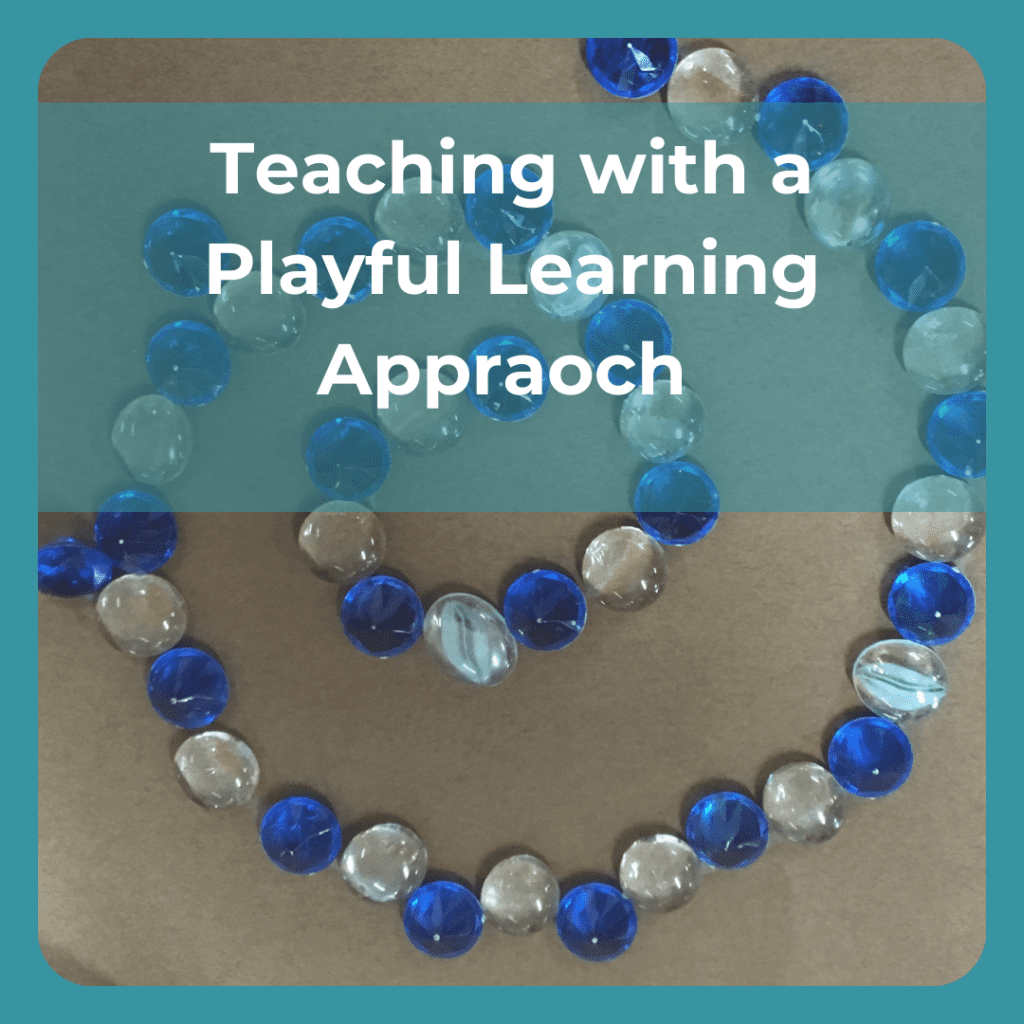Teaching through a playful learning approach is a skill I’ve developed over the course of my teaching career, and it’s one that I continue to refine. Creating meaningful and engaging learning experiences through play takes practice, reflection, and a willingness to adapt. Here are some tips to guide you on your journey:
Linking to the Curriculum when Teaching through a Playful Learning Approach
- Know Your Curriculum: Familiarity with your curriculum is essential. When you understand the learning goals for your students, it’s easier to integrate these outcomes into playful activities. These can be planned activities or ones that naturally emerge from students’ play.
- Be a Keen Observer: During playful learning experiences, take time to observe and respond to your students. Support and extend their thinking by using prompts such as, “I wonder,” “Maybe,” or “Have you thought of?” These open-ended questions encourage deeper exploration and critical thinking.
- Track Curriculum Connections: Keep a record of areas in the curriculum that might need more intentional playful learning opportunities. Strive for a balance between teacher-selected activities and those that allow for student choice. Introducing a concept intentionally and then providing a provocation to deepen and explore learning is where the magic of playful learning happens.



Linking to Social-Emotional Skills when Teaching through a playful learning approach
- Directly Teach Social and Problem-Solving Skills: At the start of the year, use a variety of teaching resources to proactively build social and problem-solving skills. Addressing these skills early helps create a foundation for smooth and collaborative interactions throughout the school year.
- Provide Positive Feedback: Use positive, descriptive feedback to reinforce social skills and curriculum connections during playful learning activities. For example, acknowledge when students collaborate effectively or solve a problem creatively.
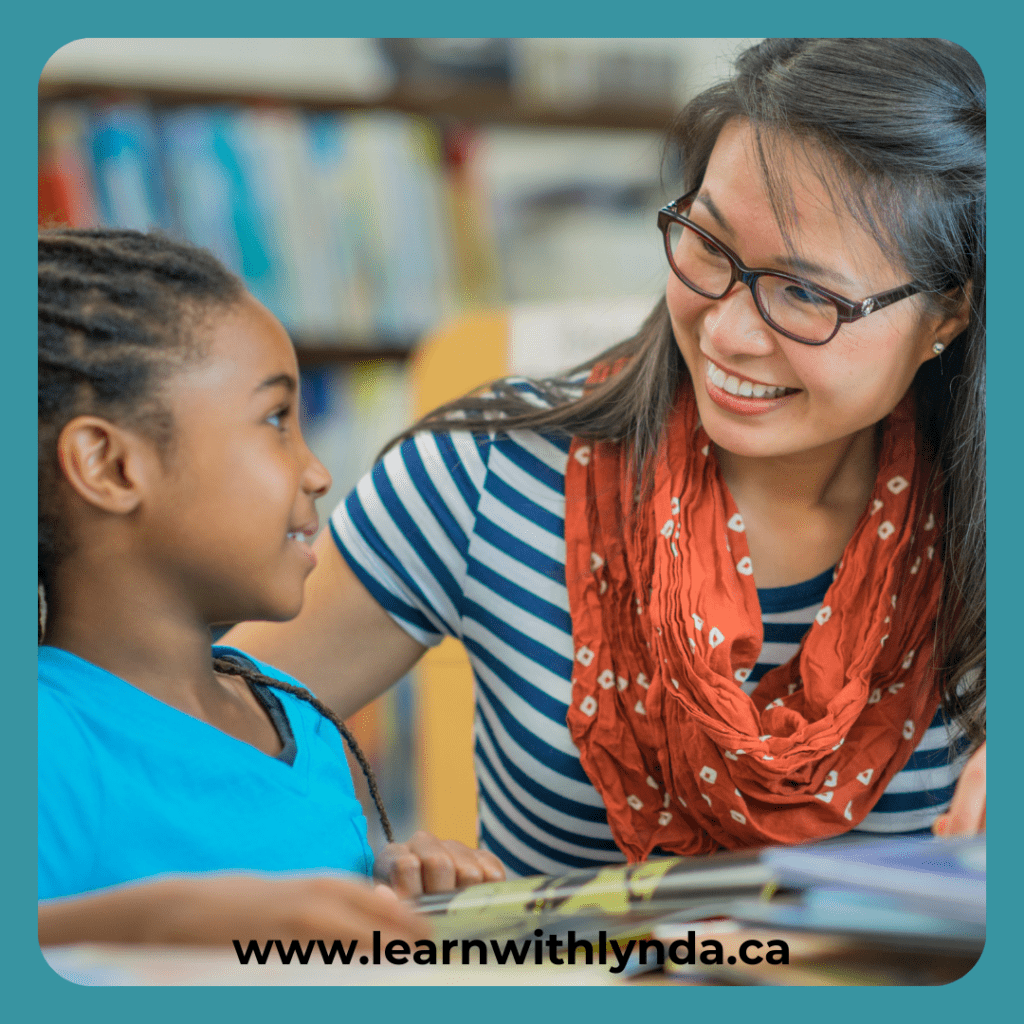
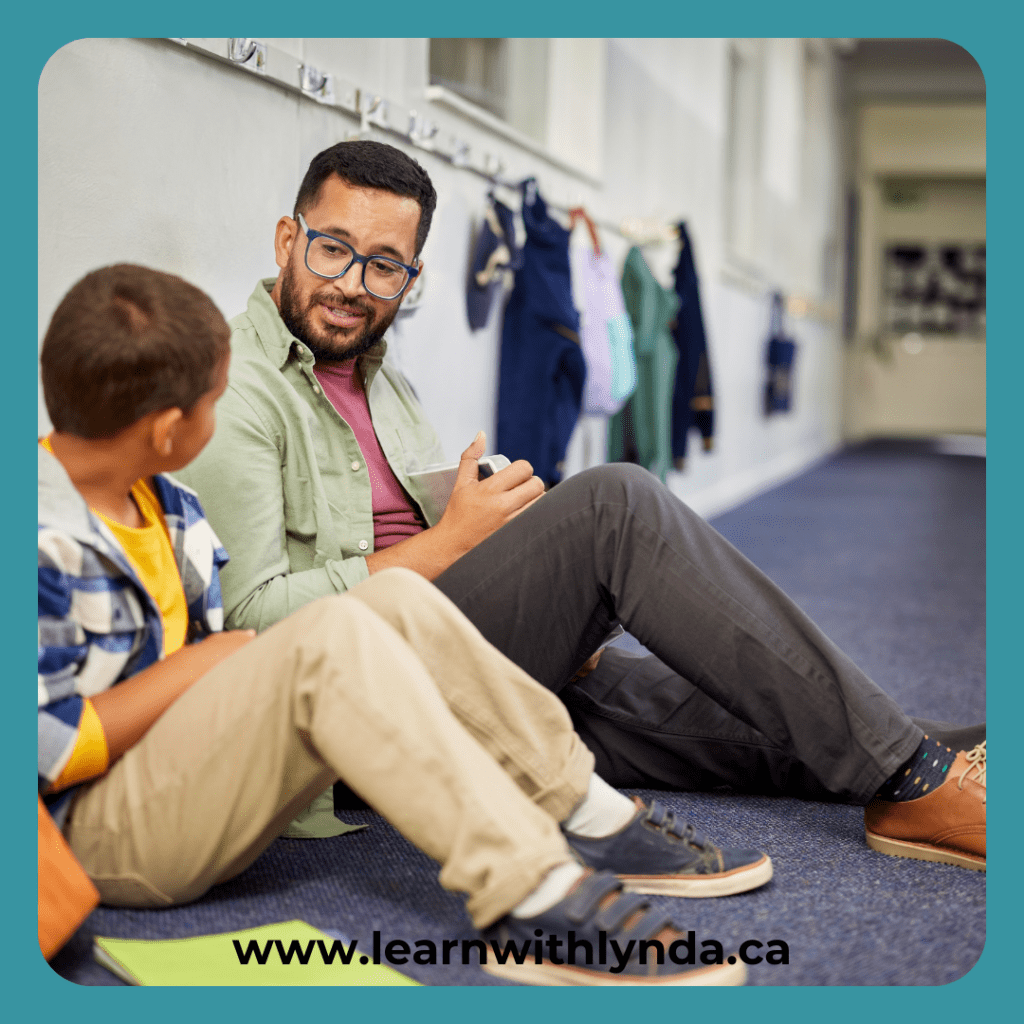
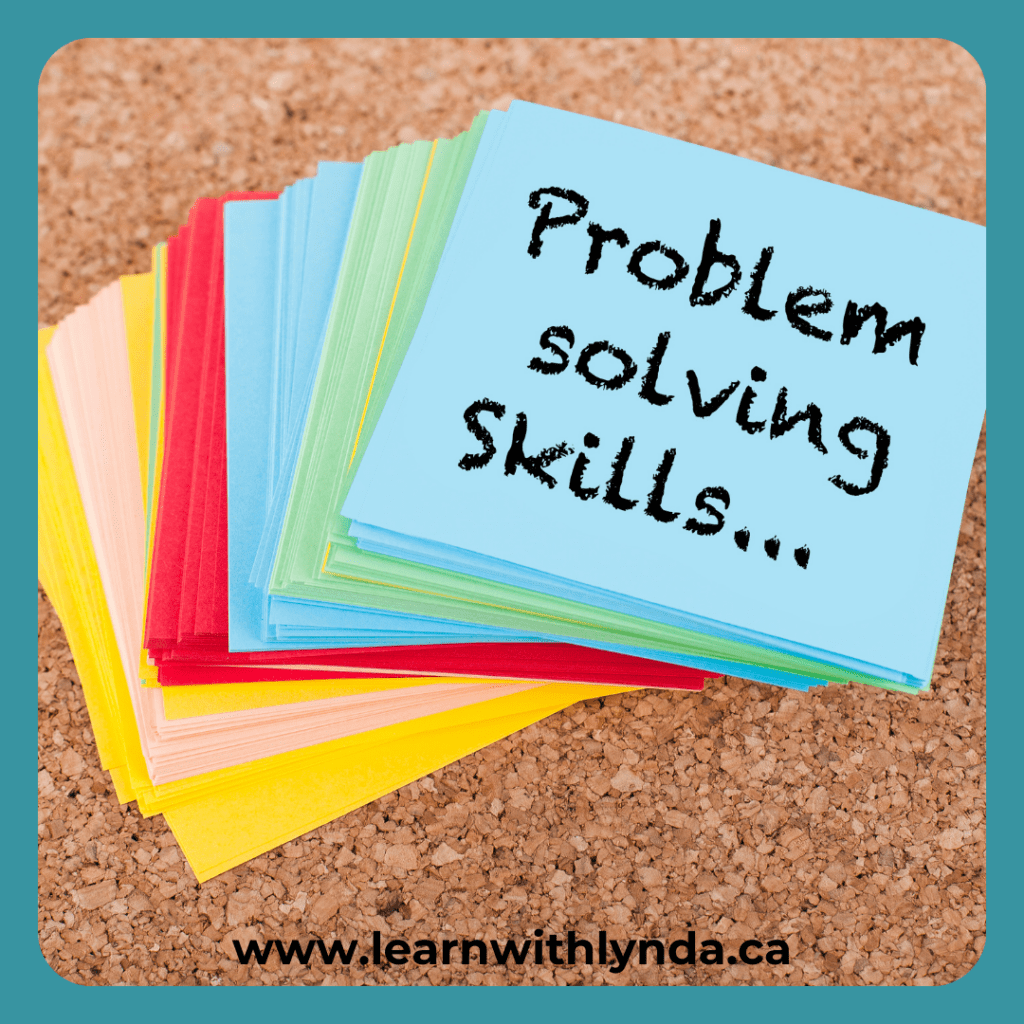
Building Student Capacity
- Recognize Student Strengths: Observe students to identify their strengths and areas of expertise. Encourage them to share their knowledge and skills with their peers, fostering a collaborative classroom community.
- Promote Perseverance and Risk-Taking: Early on, support students in developing perseverance, taking risks, and being flexible in their thinking. These traits are essential for both academic success and personal growth.
- Scaffold Conversations: Spend time talking with students to scaffold their academic vocabulary and social skills. Model effective communication and encourage them to express their ideas clearly and confidently.

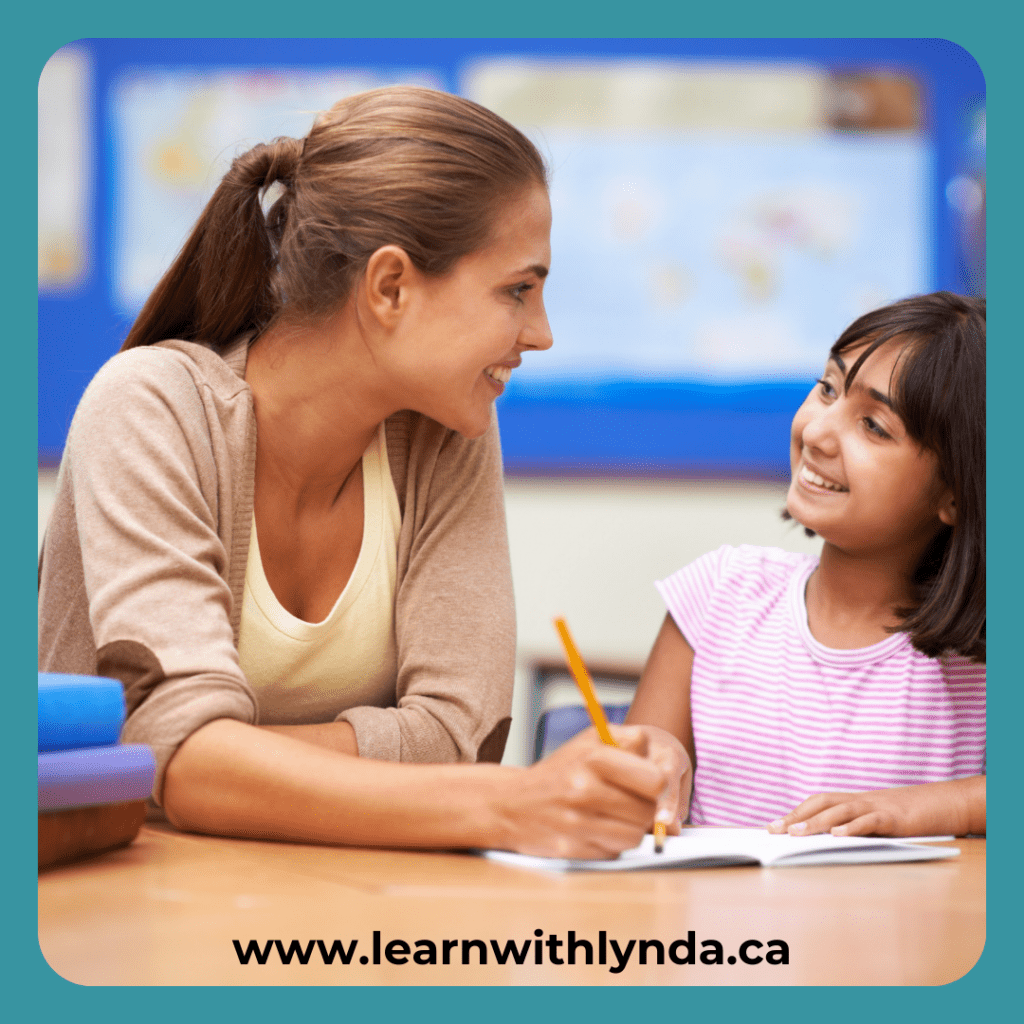

Final Thoughts
Teaching with a playful learning approach is an ongoing process that blends curriculum goals with student interests and creativity. By observing, supporting, and guiding students in their play, you can create a dynamic and engaging learning environment that nurtures both academic and social-emotional growth.
Stay tuned for more playful learning ideas,
Happy Learning – Lynda



